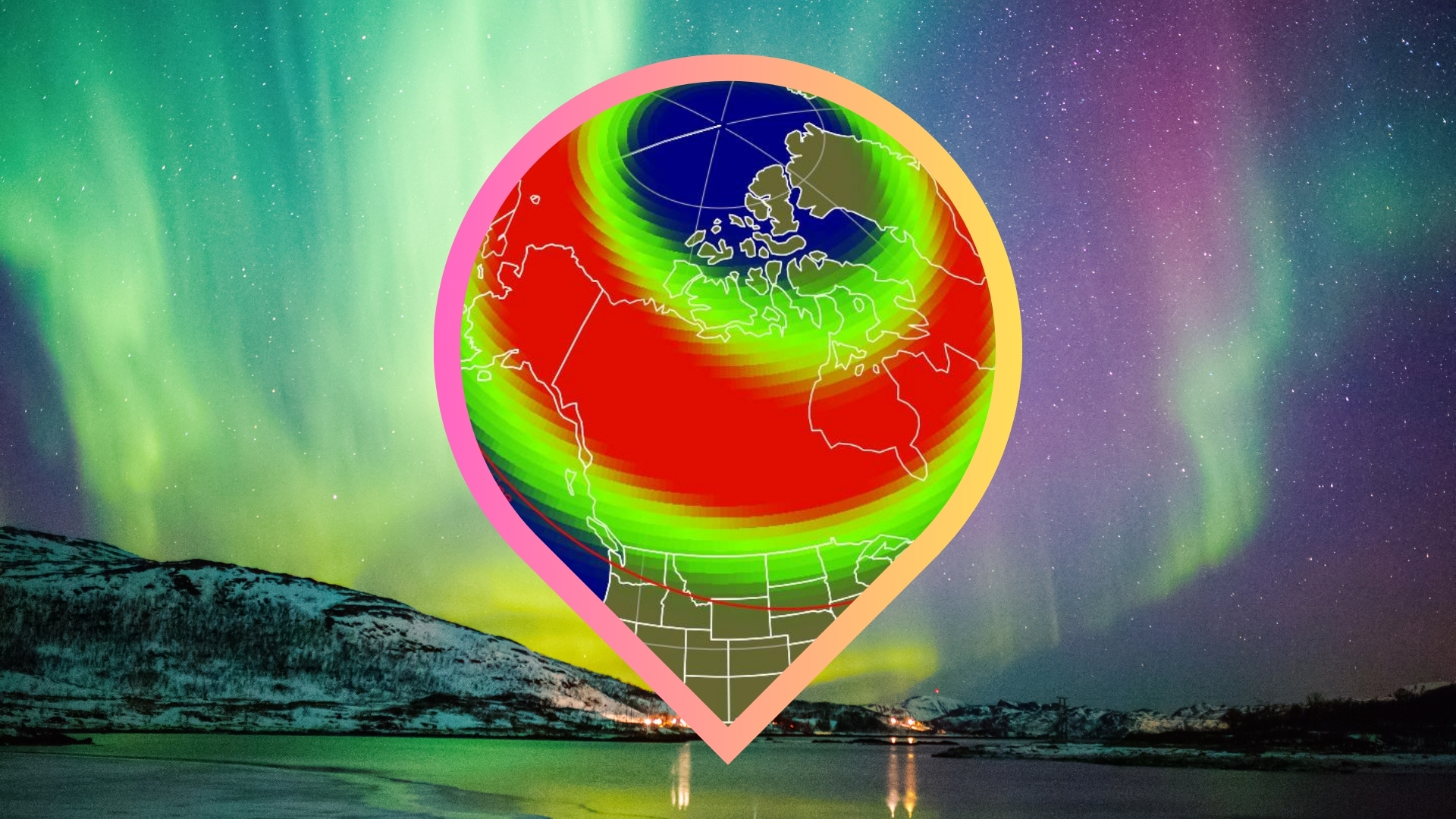Milky Way, Auroras & Thunderstorms Star in Amazing Time-Lapse Video

Auroras dance, the Milky Way dazzles and lightning sparks in the night sky over South Dakota, Wyoming and Utah in a magnificent new time-lapse film.
The video, called "Huelux," was captured from April to November 2013, by astrophotographer Randy Halverson. Slow and fast moving satellites can be seen in shots of the Milky Way , and some meteors and airplanes can also be spotted in the video. The meteors appear as quick flashes because they only last one frame. "If you see a light moving across the sky, it is either an airplane or satellite, not a meteor," Halverson wrote on his website.
"The weather in 2013 made it difficult for me to get some of the shots I wanted," Halverson added. "There were many times I planned to shoot the Milky Way or aurora and the clouds would roll in, but that also allowed me to get more night storm time-lapse than I have any other year." [Northern Lights Photos: Amazing Aurora Views of 2014 ]
The video is set to an original score by Peter Nanasi. Halverson came up with the title from the words hue, a color property, and lux, which is Latin for “light.”
Some of the aurora images were unexpected, Halverson said. “Several nights I was setting up Milky Way shots, when I noticed the glow in the sky to the north.”
"In one case an hour before I got any aurora notification on my phone," He said. "The storm shot at 2:57, has aurora behind it, which was quickly covered up by the storm."
The end credit background images are 10-second, time-lapse exposures of Andromeda Galaxy and Orion taken with a 200 mm lens on an Ioptron Skytracker.
Breaking space news, the latest updates on rocket launches, skywatching events and more!
Halverson used two Canon 5D Mark III cameras and a Canon 6D camera along with the following lenses to capture the images seen in the video: Nikon 14-24 with Novoflex adapter, Rokinon 25 and 35, Canon 16-35, Zeiss 21, Sigma 15mm Fisheye, Canon 200mm, and a Canon 70-300.
For more information and astrophotography footage by Randy Halverson, visit his site Dakotalapse.com or his Facebook page at facebook.com/dakotalapse. You can also watch the video via Halverson's Vimeo account here: https://vimeo.com/85134959
To see more amazing night sky photos submitted by Space.com readers, visit our astrophotography archive.
Editor's Note: If you have an amazing night sky photo you'd like to share for a possible story or image gallery, please contact managing editor Tariq Malik at spacephotos@space.com.
Follow Space.com on Twitter @Spacedotcom. We're also on Facebook & Google+. Original article on Space.com.
Nina Sen is a freelance writer and producer who covered night sky photography and astronomy for Space.com. She began writing and producing content for Space.com in 2011 with a focus on story and image production, as well as amazing space photos captured by NASA telescopes and other missions. Her work also includes coverage of amazing images by astrophotographers that showcase the night sky's beauty.
